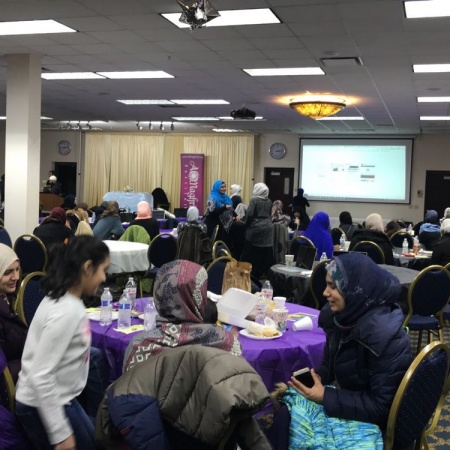Dozens of Prisoners Held by CIA Still Missing, Fates Unknown
By Dafna Linzer, Truthout
Last week, we pointed out that one of the newly released Bush-era memos inadvertently confirmed that the CIA held an al-Qaeda suspect named Hassan Ghul in a secret prison and subjected him to what Bush administration lawyers called “enhanced interrogation techniques.†The CIA has never acknowledged holding Ghul, and his whereabouts today are secret.
But Ghul is not the only such prisoner who remains missing. At least three dozen others who were held in the CIA’s secret prisons overseas appear to be missing as well. Efforts by human rights organizations to track their whereabouts have been unsuccessful, and no foreign governments have acknowledged holding them.
In September 2007, Michael V. Hayden, then director of the CIA, said “fewer than 100 people had been detained at CIA’s facilities.†One memo (PDF) released last week confirmed that the CIA had custody of at least 94 people as of May 2005 and “employed enhanced techniques to varying degrees in the interrogations of 28 of these.â€
Former President George W. Bush publicly acknowledged the CIA program in September 2006, and transferred 14 prisoners from the secret jails to Guantanamo. Many other prisoners, who had “little or no additional intelligence value,†Bush said, “have been returned to their home countries for prosecution or detention by their governments.â€
Bush did not reveal their identities or whereabouts – information that would have allowed the International Committee for the Red Cross to find them – or the terms under which the prisoners were handed over to foreign jailers. The U.S. government has never released information describing the threat that any of them posed.
Some of those prisoners have since been released by third countries holding them. But it is still unclear what has happened to dozens of others.
“Making the Justice Department memos on the CIA’s secret prison program public was an important first step, but the Obama administration needs to reveal the fate and whereabouts of every person who was held in CIA custody,†said Joanne Mariner, director of the Terrorism and Counterterrorism Program at Human Rights Watch. “If these men are now rotting in some Egyptian dungeon, the administration can’t pretend that it’s closed the door on the CIA program.â€
The Red Cross has had access to and documented (PDF) the experiences of only the 14 people who were publicly moved out of the CIA program and into the prison at Guantanamo Bay.
Former officials in the Bush administration, speaking on the condition of anonymity because they were discussing classified information, said that the CIA spent weeks during the summer of 2006 – shortly before Bush acknowledged the CIA prisons and suspended the program – transferring prisoners to Pakistani, Egyptian and Jordanian custody. The population inside the program had been shrinking since the existence of the prisons was detailed in a Washington Post article in November 2005. Renewed diplomatic relations between the United States and Libya in May 2006 made it possible for the CIA to turn over Libyan prisoners to Moammar Gadhafi’s control.
One example may be the case of Saud Memon, a Pakistani national suspected of belonging to al-Qaeda and wanted in connection with the murder of Wall Street Journal reporter Daniel Pearl. Memon, who allegedly owned the shed where Pearl was killed, disappeared in March 2003. Four years later, he was dropped off, emaciated and near death, at the doorstep of his family home in Lahore, Pakistan, and died two weeks later of tuberculosis. Investigators at Human Rights Watch believe he was held in CIA custody before being turned over to Pakistani intelligence agents.
Marwan Jabour may be an example of the type of prisoner Bush described as no longer having any intelligence value. Jabour, a Palestinian who spent two years in the CIA’s prison system, was turned over to Jordanian intelligence agents, then to Israeli and Palestinian intelligence agencies, when the CIA began to empty out its prisons in 2006.
Until he was visited by the Red Cross in Jordan, and then provided with legal counsel in Israel, Jabour was a ghost detainee in the hands of the CIA. The agency has never publicly acknowledged holding him, but intelligence officials, speaking on the condition of anonymity, said that Jabour was jailed for allegedly helping al-Qaeda and Taliban fighters evade capture.
In June 2007, six human rights groups released the names of three dozen people (PDF) whose fates remained unknown. We’ve updated that list based on the most current information available to Human Rights Watch.
We asked the CIA whether any of the people on the list were in CIA custody, whether any of them were among those detainees whom the CIA transferred to other countries for prosecution or detention, as former President Bush said had been done when he publicly acknowledged the program in September 2006, and whether the CIA is aware of and can disclose the current locations of any of these people.
CIA spokesman Paul Gimigliano sent the following response: “The agency has not, as a rule, commented on these kinds of lists, which are typically flawed.†We invited him to clarify those flaws but have not yet heard back.
“Until the U.S. government clarifies the fate and whereabouts of these individuals, these people are still disappeared, and disappearance is one of the most grave international human rights violations,†said Margaret Satterthwaite, a law professor at New York University. “We clearly don’t know the story of everyone who has been through the program. We need to find out where they are and what happened.â€
11-18













2009
811 views
views
0
comments